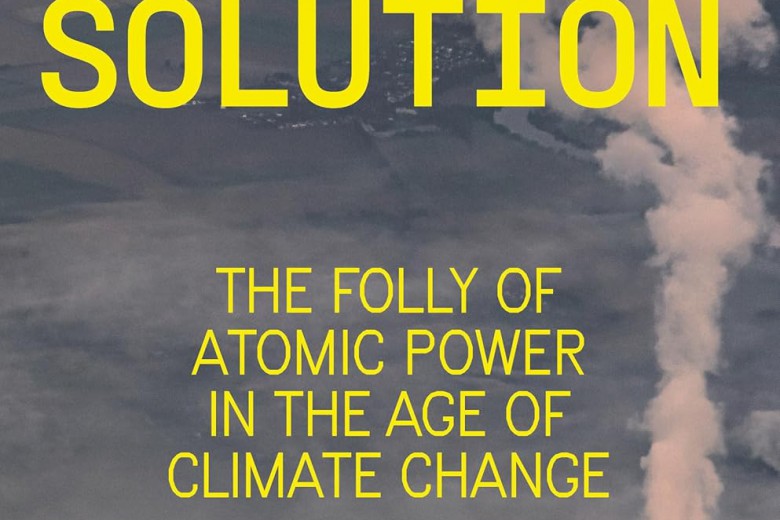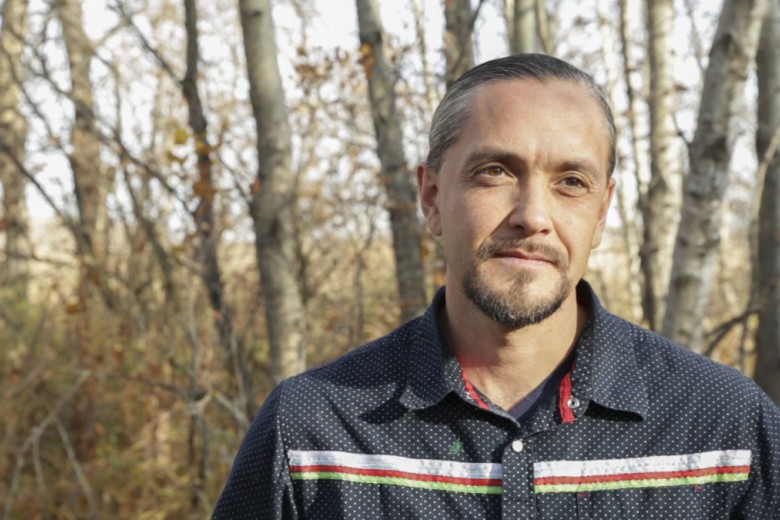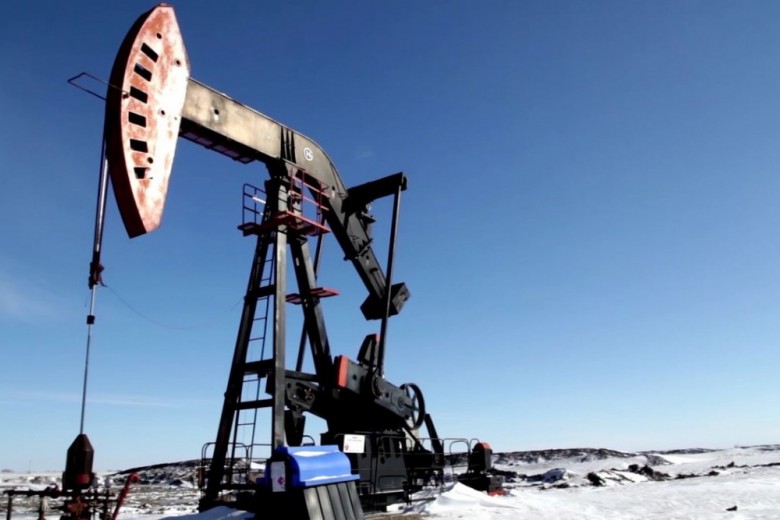On the first day of his state visit to Canada last week, Indian Prime Minister Narendra Modi signed a deal with Prime Minister Stephen Harper in Ottawa to confirm the export of 3,220 tonnes of uranium from northern Saskatchewan to India, a country that has never signed the United Nations Nuclear Non-Proliferation Treaty (NPT). That very day in Quebec City, Indigenous activists from all over the world working to end uranium mining were meeting with allies at the World Uranium Symposium. The symposium brought together 200 activists and organisers, physicians, environmentalists, and researchers from the natural and social sciences, all working with the intent to dismantle the nuclear industry and the huge costs associated with it.
Polls suggest that Canadians oppose a nuclear deal with New Delhi, perhaps out of fear of the proliferation of nuclear weapons. But Indigenous activists reminded the symposium that the most obvious costs were already being felt by their communities, even without the immediate threat of nuclear war. Uranium mining, nuclear power generation, and nuclear waste all result in grievous harm to ecological and human health that lasts for countless generations.
Additionally, the social cost is high, in the public subsidies necessary to keep nuclear energy viable, in the diversion of immense amounts of water resources for nuclear industry use, and in the high carbon costs associated with mining, transport, and storage of uranium, which makes nuclear power a dubious choice to fight climate change. The only tangible benefit to Harper’s deal with India is the profit distributed to shareholders of Cameco, the company responsible for uranium mining in northern Saskatchewan. Attendees from Saskatchewan’s Committee for Future Generations suggested that the complicity between government and industry has led to a health system that refuses to acknowledge problems related to the industry. Saskatchewan environmentalist and former MLA Peter Prebble recalled that when it started in 1952, uranium mining was established in the province to provide plutonium for the nuclear arms industry of the USA, and baseline health studies were never done.
While Harper appeases his constituents, the agreement must also be viewed in the context of longstanding grassroots resistance in India to nuclear plants, most famously at the plant in Kudankulam in Tamil Nadu, where the full repressive force of the Indian state has been deployed against anti-nuclear activists. Similar popular resistance occurs in Maharashtra at the Jaitapur plant. India’s civil nuclear programme has also been placed under scrutiny through the country’s mechanism for public interest litigation. Indian researchers attending the symposium affirmed that lax industry regulations are a concern, with companies preying on the poor. But Modi too is pandering to those who can extract profit in the short-term from the building and maintenance of nuclear power plants, rather than those who will deal with its long-term costs.
Prime Minister Harper stated that the moratorium on export of nuclear industry materials to India, which has been in effect ever since New Delhi used Canadian technology to develop a nuclear bomb in the 1970s, had exerted an unnecessary pall over the collaboration possible between the two countries. While diversion of uranium into military purposes remains a concern, the symposium did note that the most pressing threat for nuclear war remained in the stockpiles of nuclear weapons still held by the five traditional nuclear powers, the vast majority of them in the United States and Russia, and called for complete disarmament.
The symposium’s declaration also notes the dangers associated with uranium in all phases of its extraction and use – from mining, processing, civilian and military use, and storage. It calls for a worldwide ban on the exploration and use of uranium, especially in that such activities violate the rights of Indigenous peoples to free, prior and informed consent for activities on their territories. It insists that accountability for those harmed by uranium should last generations into the future while the mineral remains radioactive.
That this list of demands has to be stated at all may seem depressing. But there is hope. World experts such as Mycle Schneider reported to the symposium that the world’s generation of nuclear power is decreasing, dropping in 2012 by 12 per cent over the historic maximum in 2006. Additionally, the world’s largest builder of reactors, French state-controlled company AREVA, lost up to 88 per cent of its share value between 2008 and 2012. Germany is now creating more jobs in renewable energy than in nuclear and coal energy production.
The declaration also highlights that Quebec is now also home to some of the most promising work against uranium exploitation. The Cree Nation of Eeyou Itschee has stood in solidarity with its citizens in Mistissini who have resisted uranium exploration near their community, with Cree youth walking 850 km across Quebec last year to demonstrate their opposition to the plan. Their work has galvanised opposition around uranium mining, with the Inuit of Nunavik in northern Quebec, the Assembly of First Nations of Quebec and Labrador which includes 10 Indigenous nations across 43 communities, and over 300 municipalities in Quebec rejecting uranium mines.
Meanwhile, Saskatchewan’s premier Brad Wall has welcomed the deal with India, stating that the 4,000 workers, including many Indigenous employees, stand to benefit from the deal.
The struggle against uranium is not over, not across Canada, not in India, nor elsewhere.






